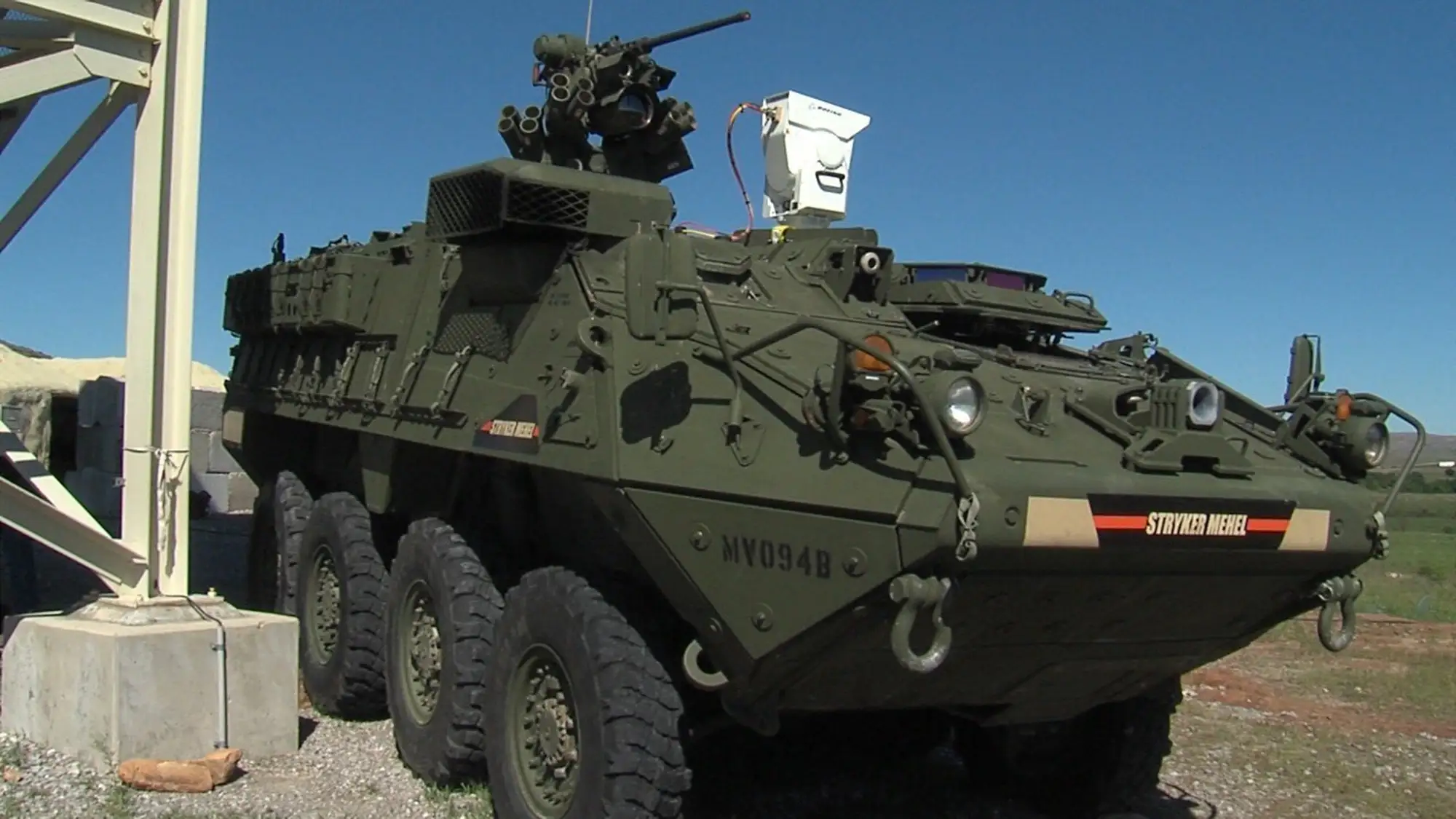Lockheed Martin plans to make its most powerful military laser yet, 500 kilowatts::The planned laser will be in the 500-kilowatt range. Weapons like these can defend a ship or base against drones or other projectiles.
for those wondering, the (fictional) laser in the 1985 film Real Genius that could vaporize a human target from space was 9.4 megawatts.
biggest issue there would be a) the quantity of atmosphere you have to punch through, and then b) the inverse square law. I know that the GEDI lasers are firing at 1024 nm and 10 mJ. They are on the ISS so not particularly high up ( I suppose the amount of atmosphere is about the same), and they have a spot radius of 25 meters on the ground. GEDI fires at 242 times per second. So something around 242/s * 10 MJ * 0.000278 (MJ/MW) is 0.67276 megawatts? That’s seems vaguely reasonable. I’ve never heard of anyone even considering that they’re getting hit by lasers constantly, and if I recall, the number of photos hitting the ground in that system is in the order of thousands to hundreds of thousands (I believe it’s hundreds hitting the detector).
So yeah. you’ll need a bigger laser. Too much atmosphere.
The inverse square law applies to lasers?!
My bad. I was wrong there. Laser spread is called beam divergence and is measured in typically measured in mRad. Was replying quickly and not thinking. Just knew the measurements off the top of my head because I’m working with its data at the moment.




